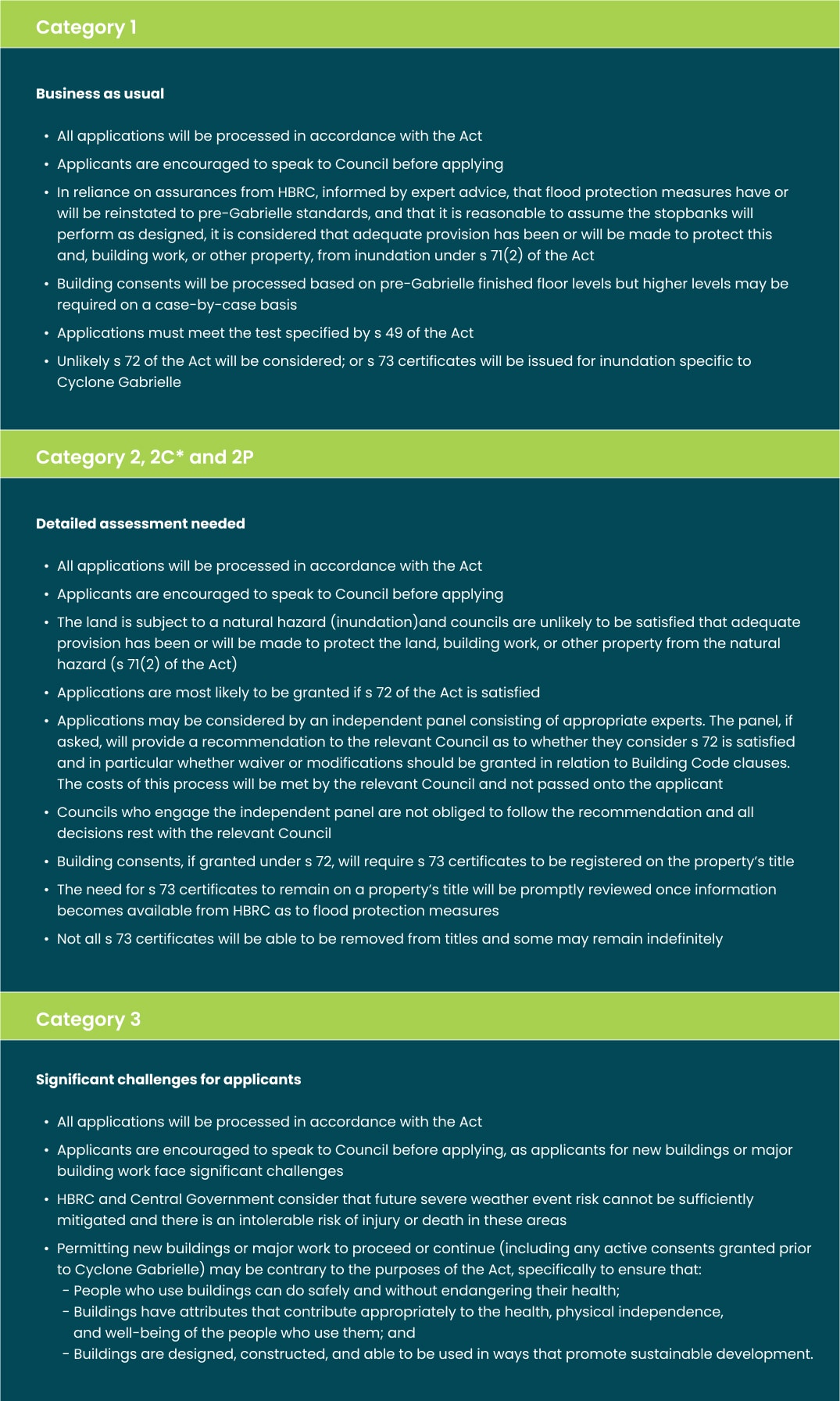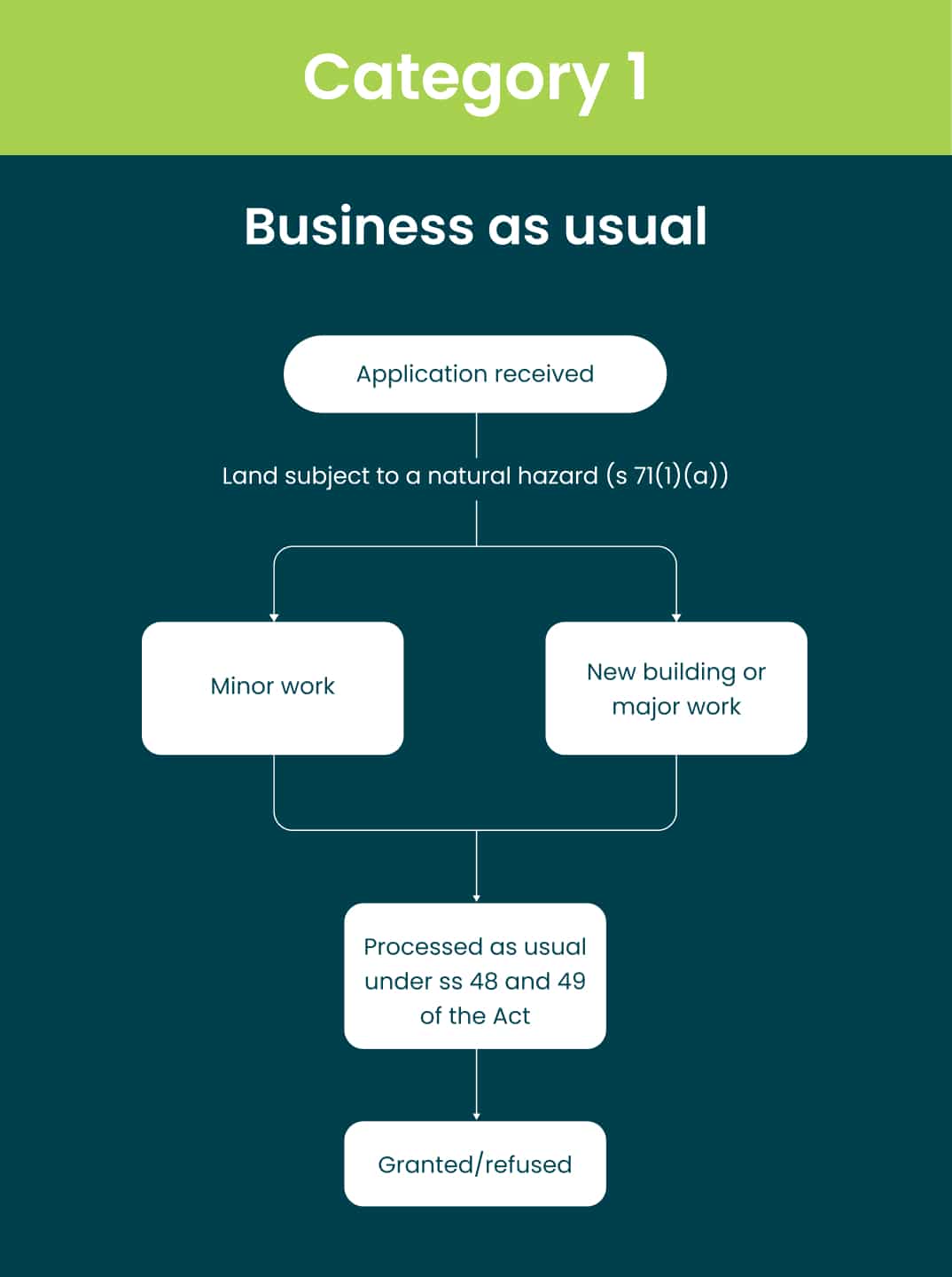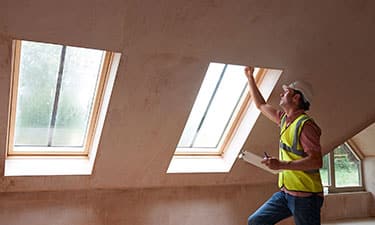1. Introduction
1.1 In February 2023, Te Matau a Māui Hawke’s Bay faced devastation and loss from Cyclone Gabrielle – one of the largest natural disasters in the history of Aotearoa New Zealand. Across the region, communities have endured significant impact to their lives, livelihoods, whānau, homes, farms, orchards, vineyards and neighbourhoods.
1.2 On 1 June 2023 initial risk categories were identified that continue to be refined. Further information about that process is available at https://www.hastingsdc.govt.nz/land-categorisation-hb/. As Hawke’s Bay progresses its recovery, the question of how councils will process building consents in categorised areas has come into focus.
2. Purpose of this Guidance Document
2.1 The purpose of this Guidance Document is to clearly outline how Hastings District, Napier City and Central Hawke’s Bay District Councils (councils) will approach residential building consenting under the Building Act 2004 (the Act) across the region during Hawke’s Bay’s recovery from Cyclone Gabrielle.
2.2 This Guidance Document considers the applicability of sections 71-74 of the Act, which relate to natural hazards. It is designed to provide as much certainty as possible, to allow communities to make decisions that have future and inter-generational safety at their heart. We also don’t want our communities spending money on building consent applications that may be unlikely to ever be granted due to the risk of natural hazards.
2.3 This is uncharted territory for how Aotearoa New Zealand deals with natural disasters of this scale and while we don’t yet have all the answers, we are committed to sharing what we do know, when we know.
3. Important things to note
3.1 The councils will process all applications for building consents in accordance with the Act, on their individual merits.
3.2 This Guidance Document should be read alongside the Ministry of Business, Innovation and Employment’s Guidance on sections 71 to 74 of the Act, which is published on the MBIE website.
3.3 This Guidance Document applies only to residential buildings or sleeping accommodation. Getting people back into their homes where possible is the priority right now and the councils will communicate their approach to consenting commercial buildings in due course.
3.4 Using the categories of land that Hawke’s Bay Regional Council has identified, building consent applications in relation to:
a. Category 1 land will almost invariably be processed in accordance with s 71(2)(a) of the Act; and
b. Category 2C, 2C*, 2P and 3 land will almost invariably be processed in accordance with s 72 of the Act.
3.5 Building consent processing in relation Category 2C, 2C* and 2P land is likely to exceed the statutory timeframe provided in the Act and we ask for your understanding and patience as we try to get these difficult decisions right.
3.6 Category 2A, where significant further assessment is required, falls outside the Guidance Document. Once further assessment and re-categorisation of properties in this category has occurred, they will be considered in accordance with their new categorisation.
3.7 For all categories where minor building work is applied for, the Council will process those applications in accordance with sections 48 and 49 of the Act and the natural hazards provision in the Act (ss 71-74) do not apply.
3.8 Finally, this Guidance Document has been created on the basis of relevant information available to the councils at today’s date. Should more comprehensive data becomes available from Hawke’s Bay Regional Council, the Guidance Document will, to the extent necessary, be promptly updated.
Approach to Building Consenting by Category










